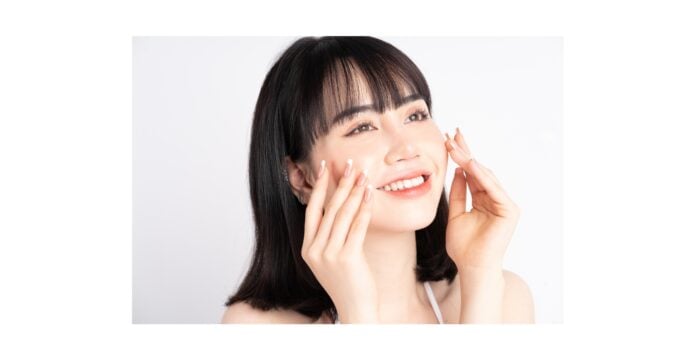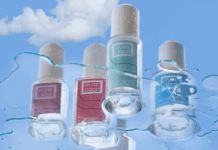By PCHi, Reed Sinopharm Exhibitions
The discourse on beauty in China is changing. Efficacy, scientifically substantiated claims and ingredient transparency now take center stage. As consumer expectations continue to evolve, companies that offer more than just products - those that bring advanced know-how, innovation and credibility - are well placed to tap into a market that is entering its next phase of growth.
Even if the headlines no longer report explosive expansion, China remains one of the world's most dynamic beauty and personal care markets. According to statistics from the China Association of the Cosmetic Flavor and Fragrance Industry (Caffci), the Chinese cosmetics market recorded a total transaction volume of 1,070 billion yuan ($147.6 billion) in 2024, a steady increase of 2.8 % on the previous year. Behind these figures, a deeper transformation is underway.
The sector is moving from a volume-driven model to one defined by value creation, where brand trust, product efficiency and technical capabilities are key differentiators. This means that for companies looking to expand into this market, the opportunity lies not just in scale, but also in the ability to align themselves with an increasingly sophisticated ecosystem.
From infatuation to substance
As the Chinese beauty industry moves beyond trend cycles and superficial product claims, performance becomes the new battleground, defined by verifiable results, scientific formulations and high-quality ingredients. National brands are strengthening their technical capabilities, while multinationals are challenged to show more than just a global brand image. They must now demonstrate the true superiority of their products and their local relevance.
Consumers are increasingly asking pointed questions and demanding greater transparency. They scrutinize ingredient lists and expect every claim to be backed up by evidence. As a result, brands that can't back up their promises are gradually losing ground to those that can.
A changing regulatory environment
As consumer expectations rise, regulatory standards evolve in parallel. Recent reforms have tightened requirements for safety, efficiency and transparency, bringing China's regulatory framework closer to international standards. This creates a more level playing field and encourages industry to adopt more responsible and sustainable innovation. Earlier this year, China's National Medical Products Administration (NMPA) published its regulations on supporting innovation in cosmetic raw materials. These measures streamline the classification system and technical requirements for the registration and filing of new raw materials. They also encourage the simultaneous submission of new raw materials and related products, an initiative designed to foster greater innovation in China's cosmetic ingredients sector.
Where speed to market was once synonymous with success, the emphasis is now on long-term resilience. The brands that will endure will be those that integrate compliance into their innovation strategy, and see regulatory rigor not as an obstacle, but as a springboard for strengthening their credibility.
Staying competitive in a changing environment
China remains a key player in the global beauty supply chain. From raw materials and active ingredients to formulation and packaging, the country plays an essential role in the speed, efficacy and diversity of products.
Companies must therefore strengthen their technical capabilities and market knowledge in order to remain competitive in this ever-changing environment. The most successful companies will be those able to anticipate change, adapt quickly and jointly develop solutions that meet the expectations of a more demanding and diversified customer base.
In this context, trade shows such as Personal Care and Homecare Ingredients (PCHi) are of growing strategic importance. Visitors come not only to source their supplies, but also to find formulation inspiration, learn about the latest regulatory developments and forge cross-border collaborations. With its focus on knowledge exchange and innovation, the PCHi show offers unrivalled opportunities to meet industry leaders and keep abreast of new trends, making it a must-attend event for anticipating change.
The next edition of PCHi will be held from March 18 to 20, 2026 at the Hangzhou Grand Convention and Exhibition Center. For further information: www.pchi-china.com/en.
PCHi, Reed Sinopharm Exhibitions








